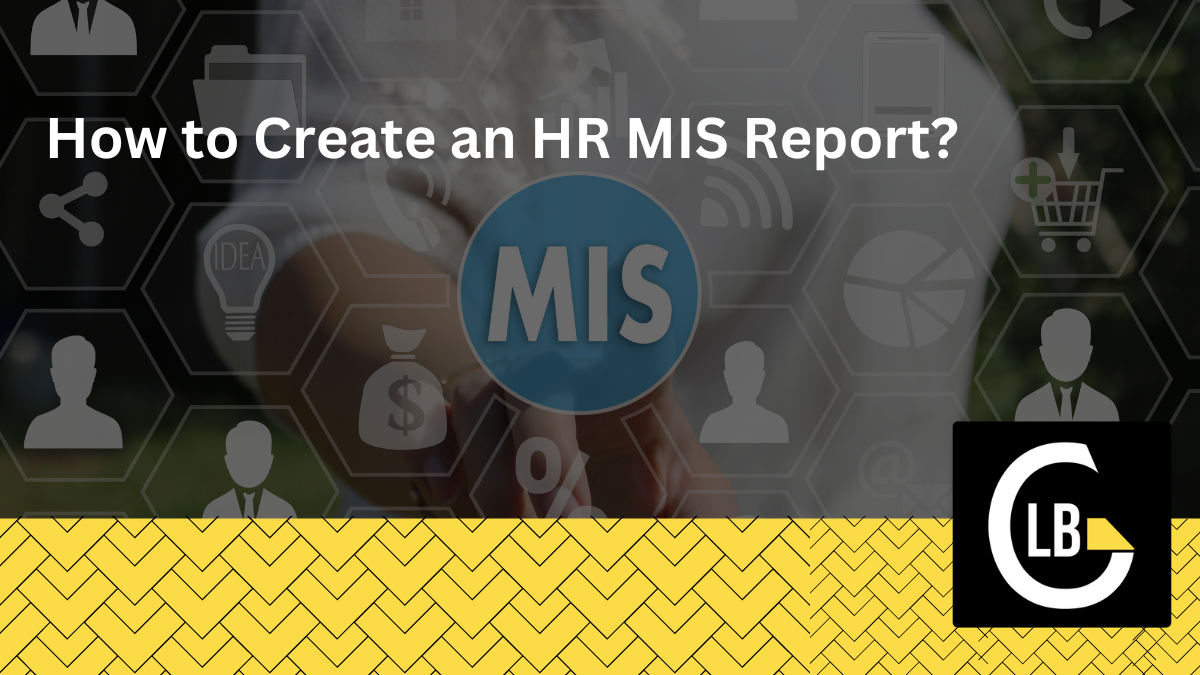Making an HR MIS (Management Information System) report might seem complex, but it’s mostly about organizing and presenting employee data clearly. HR MIS reports help managers track important things like attendance, performance, and payroll, enabling better decision-making. Here’s an easy-to-follow guide to get you started.
Create an HR MIS Report
1. Define Your Goal
Before you begin, determine the purpose of your report. What specific data or trends are you looking to monitor? This focus will guide your approach.
Examples:
- Are you tracking employee turnover rates?
- Do you need to assess performance in different departments?
- Is your report focused on payroll or attendance trends?
2. Collect the Necessary Data
Once your goal is set, gather the relevant data. HR departments often use HR management systems (HRMS) that store employee details, which you can use for the report.
You’ll likely need data such as:
- Employee details: Age, gender, position, department.
- Attendance records: Absenteeism, overtime, leave.
- Performance data: Key performance indicators (KPIs), reviews.
- Hiring statistics: Time to hire, source of hire.
- Payroll information: Salaries, bonuses, and deductions.
3. Organize the Data
After collecting the data, organize it in a clear and logical way. A spreadsheet program like Excel works well for this, letting you group data by departments, job roles, or time periods.
You can structure the report by:
- Department: Sales, marketing, finance, etc.
- Job roles: Managers, team leads, entry-level employees.
- Time period: Monthly, quarterly, or yearly trends.
4. Create Visuals
Large amounts of data can be difficult to interpret, so using charts and graphs makes your report more user-friendly. Visuals like bar charts and pie charts make it easier to see comparisons and trends.
For example:
- Bar charts for comparing headcounts across departments.
- Pie charts for showing proportions, like gender distribution in the workforce.
- Line graphs for tracking trends, such as absenteeism or employee turnover over time.
5. Summarize Key Insights
After analyzing the data, write a brief summary of the most important takeaways. This helps managers quickly understand the critical points without digging into the raw numbers.
Examples:
- Turnover: “Employee turnover increased by 10% this quarter, with most resignations coming from the marketing team.”
- Attendance: “Operations had the highest absenteeism rate, averaging five missed days per employee last month.”
- Recruitment: “Time to hire improved by 10%, thanks to the increased use of referrals.”
6. Keep the Format Clean and Clear
A well-organized report is easier to read. Use headings, subheadings, and bullet points to keep the layout simple and straightforward. Ensure:
- Consistent formatting throughout the report.
- Clear labels for all graphs and tables.
- A table of contents if the report is lengthy.
This makes your report look professional and easy to navigate.
7. Automate Where You Can
If your reports are regular, look into automating them. Many HR management tools allow you to generate reports automatically, saving you time and ensuring accuracy.
8. Review and Share the Report
Before finalizing, double-check the data for accuracy. Once the report is ready, share it with your team or present it to management. Decide if a meeting or just a digital copy is the best way to share the findings.
Conclusion:
Preparing an HR MIS report can be straightforward when you break it down step-by-step. Define your goal, gather accurate data, organize it well, and summarize the key insights. By doing this, you create a report that offers real value and helps drive better decisions for the company. Over time, these reports will improve processes and positively impact employee satisfaction.
